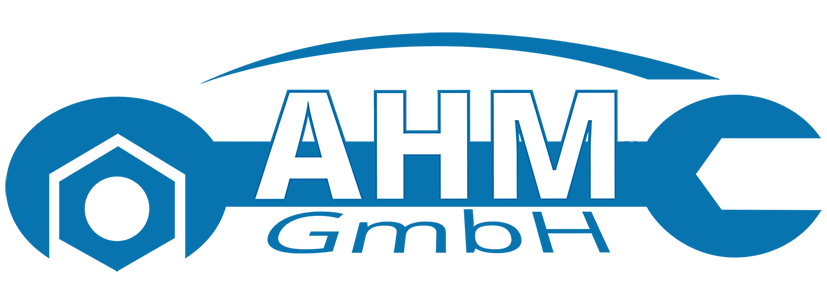
Coexisting problems such as excessive alcohol use or underlying mental illness can complicate the recovery process. Research shows there is a higher rate of substance use signs of opioid addiction disorder among patients with diagnoses such as depression and those who use other substances such as alcohol. The person with the opioid use disorder may decide on outpatient treatment or enter a rehabilitation facility for more concentrated therapy. Once the drugs are out of the person’s system, continuing treatment is recommended to avoid relapse ― resuming opioid use after quitting. Snorting or injecting opioids produces an immediate “rush” that is far more intense than swallowing the pill form.

Specific Opioids and Their Effects
Due to its addictive nature and dangerous effect on a person’s physical and mental health, it has become a big worry. Over the long term, opioid misuse can affect the body differently. Besides the ever-present risk of overdose, https://ecosoberhouse.com/ excessive opioid use can have consequences on a person’s behavior/social interactions and body.
- Because recovery can take a physical and mental toll, it’s good to have several professionals in your corner.
- Snorting or injecting opioids produces an immediate “rush” that is far more intense than swallowing the pill form.
- It’s important to seek help as soon as possible if you think you’re developing a dependence on opioids.
- Methadone is a medicine provided in a clinic or inpatient setting to treat opioid use disorder.
- Other times this can come from discussions with concerned family and friends.
Opioid addiction treatment
- If too much of an opioid is taken, a person’s respiratory drive becomes severely diminished.
- For example, someone who crushes and snorts their opioids may have chronic congestion or a runny nose.
- They can find confidential and anonymous resources and facilities for OUD treatment at FindTreatment.gov.
- Or maybe you have a feeling that your loved one is misusing opioids, even if you’re not sure.
The brand names Narcan (4 mg/spray) and ReVive (3 mg/spray) are available over-the-counter (OTC). When pharmaceutical companies in the 1990s told prescribers that their opioid pain medications were not addictive, more prescribers began using them for their patients. Aftercare or continuing care can support Drug rehabilitation ongoing recovery management following more formalized inpatient and outpatient programs. Aftercare can include sober living facilities, ongoing therapy, attending meetings run by 12-Step programs, and more.
Medical Detox for Opioid Withdrawal
We do not receive any commission or fee that is dependent upon which treatment provider a caller chooses. There’s help available if you or someone you know is living with OUD. Finding the right treatment team can be a huge benefit for managing this disorder, and it’s possible to be there as part of a loved one’s support network.
These funds can be used on programs like expanded naloxone training, treatment for neonatal abstinence syndrome, and treatment for incarcerated individuals with opioid use disorder. As we move forward, the incoming Trump administration should not only endorse but actively push for the passage of the Alternatives to PAIN Act. Let’s make this a priority to truly turn the tide on the opioid epidemic. Government bureaucrats usually make decisions that are in the interest of government bureaucrats rather than the interest of end users of healthcare. On the matter of opioids, a rational policy would be to push solutions that provide alternatives for those in pain so they don’t replace one problem with a new dependency on opioids.

How common is opioid use disorder?

While they’re both part of the same drug family, they’re two different things. The opioid crisis refers to the rapid increase in the number of fatal overdoses in the United States since the 1990s. According to the Centers for Disease Control and Prevention (CDC), there were nearly 645,000 fatal overdoses involving opioids from 1999 to 2021. High doses of opioids can slow a person’s breathing, which may be fatal. Having OUD may also lead a person to develop behaviors that interfere with their daily activities. They may prioritize taking opioids over work, home, or school activities.

It is normal—although hard—to have these symptoms as your body recovers from the effects of the drug and lessens its tolerance and dependence on the drug. Adverse childhood experiences (ACEs) are strongly related to the development of a wide range of health issues throughout a person’s lifespan, including substance use disorders. Having certain physical health conditions, such as chronic pain, can increase people’s use of opioids and the eventual development of OUD. The uncertain and harsh living conditions experienced by people without stable housing can perpetuate drug use as a coping mechanism. The result can be a self-reinforcing cycle that contributes to poorer health and shorter lifespans. Our website provides access to information and support for people seeking help.
This means that areas with a larger population tend to receive more funding, said Huntsinger. However, community leaders could also offer more information on how the opioid crisis impacted their residents for the chance to receive more funding. Since late 2022, the state of Indiana and its local communities have received more than $980 million as a result of numerous settlements tied to the nationwide opioid crisis. The Alternatives to PAIN Act was introduced last year in Congress with bipartisan support, showcasing a rare consensus on Capitol Hill. The bill has garnered 57 co-sponsors in the House and 19 in the Senate, reflecting the urgency with which this matter is viewed across party lines.

